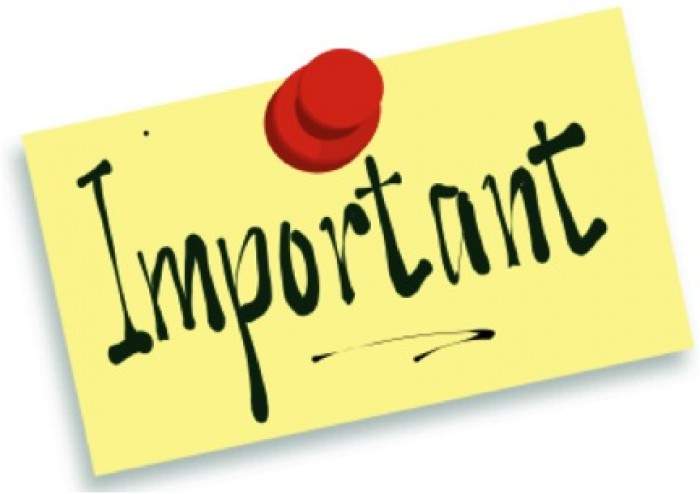Digital Literacies
| Site: | MoodleHUB.ca 🍁 |
| Course: | Introduction to Online Learning |
| Book: | Digital Literacies |
| Printed by: | Guest user |
| Date: | Wednesday, 3 December 2025, 4:10 PM |
Description
What are Digital Literacies ?
Introduction
Welcome to unit 5! In this unit you will learn about Ribble's nine elements of digital literacy. You will then create and submit your Final Project about Digital Literacies.
Ribble's 9 Elements Overview
Please read over the graphic and listen to the video which describe the 9 Elements of Ribble's Digital Citizenship.
Retrieved from: https://twitter.com/sylviaduckworth/status/590262107842617344
![]()
Nine Elements of Digital Citizenship.
Summary of Ribble's Nine Elements of Digital Citizenship
Ribble’s work on digital citizenship (Ribble, M. S., Bailey, G. D., & Ross, T. W., 2004) breaks down the wide range of ways in which we use technology into categories. Though intended for digital citizenship training, these nine elements are also useful in building our framework to ensure the development of strong modern literacy.

Please take a minimum of two hours to read about each element of digital citizenship noted below. Click on each link to read the information and watch the videos provided in order to gain a deeper understanding of each element. This will provide you with the knowledge that you need to begin to plan your final project on digital literacies.
-
Digital Access - Just as it is important to ensure that all learners have access to text resources for learning, it is important that we ensure all learners are able to access digital resources and tools to support and enhance their learning and engagement in society.
-
Digital Commerce - In addition to understanding the impact of bias, misleading visuals and other aspects of advertising is part of modern literacy, so is understanding and practicing responsible, ethical and safe electronic buying and selling of goods and services.
-
Digital Communications - Electronic exchanges of information, from email to text messaging and sharing on social media. More importantly, examining how the exchange of communication is a positive experience for the sender and receiver.
-
Digital Literacy - Accessing and knowing when to use the plethora of tools to organize and research information. Further, the ability to use a variety of strategies to find information and determine the accuracy and reliability of the information.
-
Digital Etiquette - Having the ability to be an upstanding citizen by communicating appropriately and respectfully online and offline.
-
Digital Law - Practicing legal responsibility for acquiring and sharing electronic content.
-
Digital Rights & Responsibilities - Understanding technology is a privilege and is not a right and be accepting of the consequences of inappropriate online behaviour.
-
Digital Health & Wellness - Ensure you have a balanced physical and psychological lifestyle in the digital age. There are physical and psychological dangers of excessive internet usage.
-
Digital Safety & Security (self-protection) - Setting up secure privacy settings and identify means to seek assistance when encountering unsafe situations online.
Ribble, M. S., Bailey, G. D., & Ross, T. W. (2004). Digital citizenship: Addressing appropriate technology behavior. Learning & Leading with technology, 32(1), 6.
Digital Literacies Project
Project details:
Click HERE for printable version of this project.
- Read through the following power point presentation (ppt) given by Dr Ribble about Digital Citizenship and Digital Literacies.
- After reading through the power point (ppt) and taking the time to learn about the 9 element of digital citizenship, create your own version of the ppt based on your perspective of the 9 Elements of Digital Citizenship.
- Clearly identify the 9 Elements of Digital Citizenship with clear definitions and examples throughout the project. Explain why everyone should learn about each element. Why is each one important? Include 2-3 slides on each element.
- Include sub-headings clearly showing which element you are discussing in your project.
- Ensure that there are evident aspects of typography and design such as font, colour, line, shape etc. (Refer back to unit 4.)
- Be creative. Include topic related visuals, images, charts etc.
- Include interesting facts.
- You must find a minimum of nine sources that demonstrate your understanding of each of the nine elements. You must make sure that you cite all of your resources at the end of the project.
Presentation formats may include:
Prezi Presentation – If you use this format, copy your completed project link into a word document and submit the word document into the assignment folder. Note: It must be the “shared link”, or your teacher will not be about to open your prezi.
Power point or google slides
Contact your teacher to approve an alternative tool that is not listed here.
Rubric:
Use the Project Rubric to help guide your project and ensure that you have met all the learning outcomes.
When you have finished your project, please check over the project rubric, then add your project to the Digital Literacies assignment folder. Label your project as follows: OnlineProject(your surname). Eg. OnlineProjectBauer
